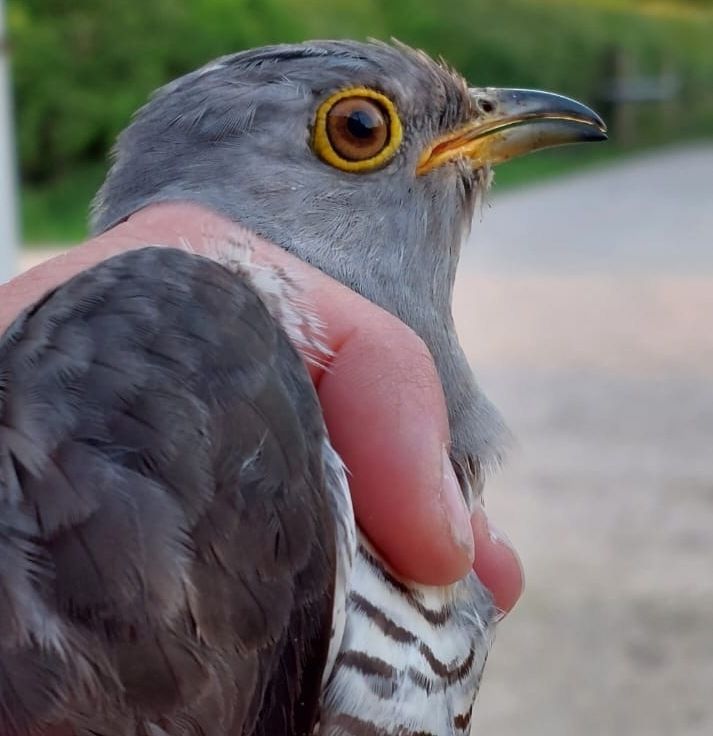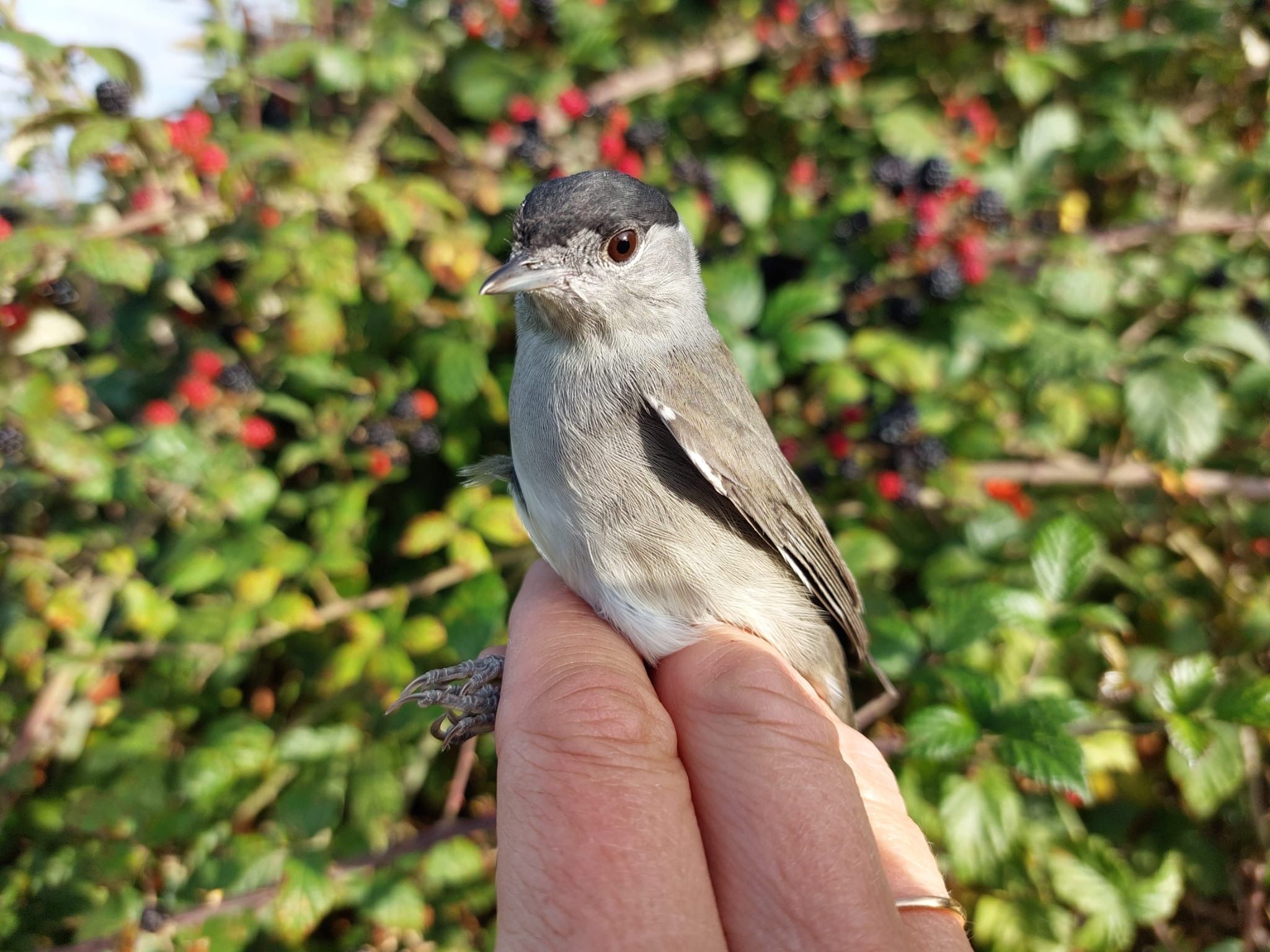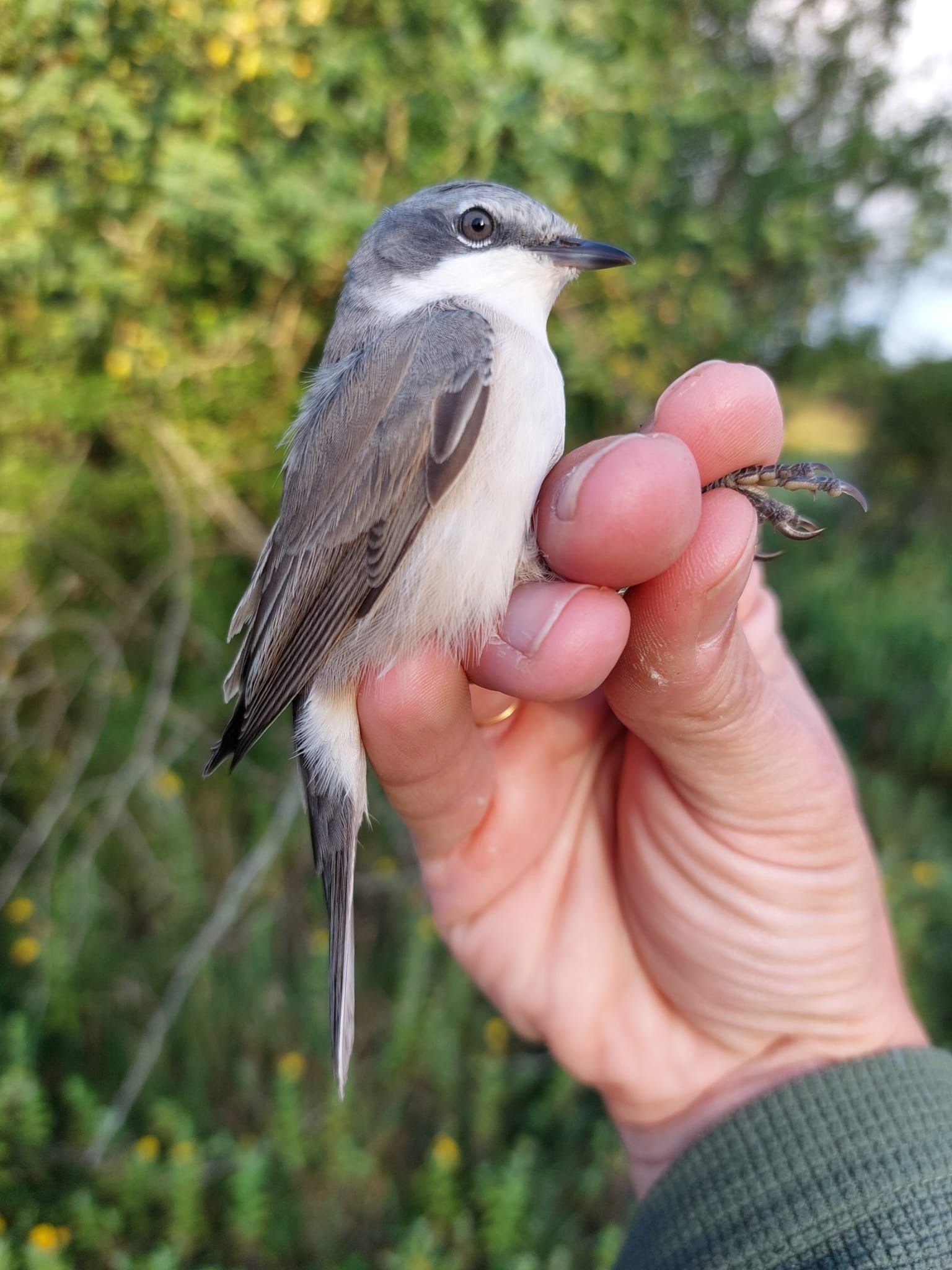The great autumn bird migration
By Matt Phelps - 28 September 2023
Autumn bird migration is in full swing now, with many summer visitors already well on their way south. Across the Weald to Waves corridor, we’ve seen some spectacular examples of this annual phenomenon in action, from short-eared owls to curlew sandpipers to cuckoos.
Cuckoos are one of the first summer migrants to depart the UK – because they don’t have to go through the business of having to actually rear their own young! One of the British Trust for Ornithology's Cuckoo Tracking Project tagged birds, Sayaan, decided to make his exit in mid-June by following the W2W corridor from Knepp, heading south-west to join the Arun Valley and down to Climping.
This just goes to prove how important the joining up of fragmented habitats is in terms of offering prospective breeding areas for cuckoos and other nationally declining species. The last we heard, Sayaan was still going strong and has reached Sudan. Unusually, he took a more easterly route than is typical for British cuckoos heading to Africa - most go via Italy.
The stretch of the corridor down to Shoreham has proved particularly lively in the past couple of weeks ... a very rare aquatic warbler was found at Beeding Brooks and red-backed shrikes have been spotted at Beeding Brooks and Mill Hill. The red-backed shrike sighting was particularly encouraging as we explore the potential for reintroduction of this species.
At Knepp, Penny Green and the ringing team have been very busy catching and processing a host of migratory birds passing through the wildlands. The particularly bountiful crop of wild fruit this year is clearly proving useful to species such as blackcap and whitethroat, many of which will nearly double their body weight before continuing on their journey.
Hundreds of birds can be ringed in a single day, for example on 16 September the team noted a total of 101 birds, around 80% of which were young blackcaps, enjoying a feast ahead of their first migration. Ringing these birds is important because we can find out where some of them end up in the months and years to come.
Hopefully we will welcome the young adults back to Sussex in 2024.
W2W tip: For a good guide to spotting autumn birds: hop over to this great seasonal guide by RSPB




